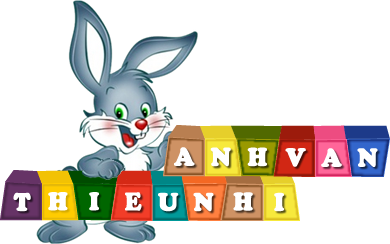
Hỗ trợ online
02862707677
Bài 3: One and Many
(Một và nhiều)
Các em làm quen với một số thuật ngữ cơ bản trong bài học "One and many" của môn Toán bằng Tiếng anh nhé

Bài 3: One and Many
Oh Starry, my bottle has just one toffee. Show me your bottle. Does it also have only one toffee?Oh Starry, my bottle has just one toffee. Show me your bottle. Does it also have only one toffee?
Ahh… Look at that. There are so many toffees in your bottle.Ahh… Look at that. There are so many toffees in your bottle.
See, Starry. I have one toffee. You have many toffees.See, Starry. I have one toffee. You have many toffees.
The words “one” and “many” tell us the number.The words “one” and “many” tell us the number.
The fish is in this bowl looks so sad. He doesn’t have any friends with him.The fish is in this bowl looks so sad. He doesn’t have any friends with him.
There is just one fish in the bowl. And look at the fishes in this bowl.There is just one fish in the bowl. And look at the fishes in this bowl.
They are happy because they have so many friends.They are happy because they have so many friends.
Let us have some fun! Look at these pictures.Let us have some fun! Look at these pictures.
Here is a branch with one bird. Here is the branch with many birds.Here is a branch with one bird. Here is the branch with many birds.
Which branch has only one bird?Which branch has only one bird?
This branch has just one bird.This branch has just one bird.
Here are two dishes. One has many apples and the other has one apple.Here are two dishes. One has many apples and the other has one apple.
Which dish has just one apple?Which dish has just one apple?
This dish has just one apple.This dish has just one apple.
Here are two classes. One class has many children.Here are two classes. One class has many children.
And the other class has one child.And the other class has one child.
Which class has many children? This class has many children.Which class has many children? This class has many children.
Here are two vases. One vase has one flower and the other vase has many flowers.Here are two vases. One vase has one flower and the other vase has many flowers.
Which vase has many flowers? This vase has many flowers.Which vase has many flowers? This vase has many flowers.
That was supper! See you soon Starry.That was supper! See you soon Starry.

